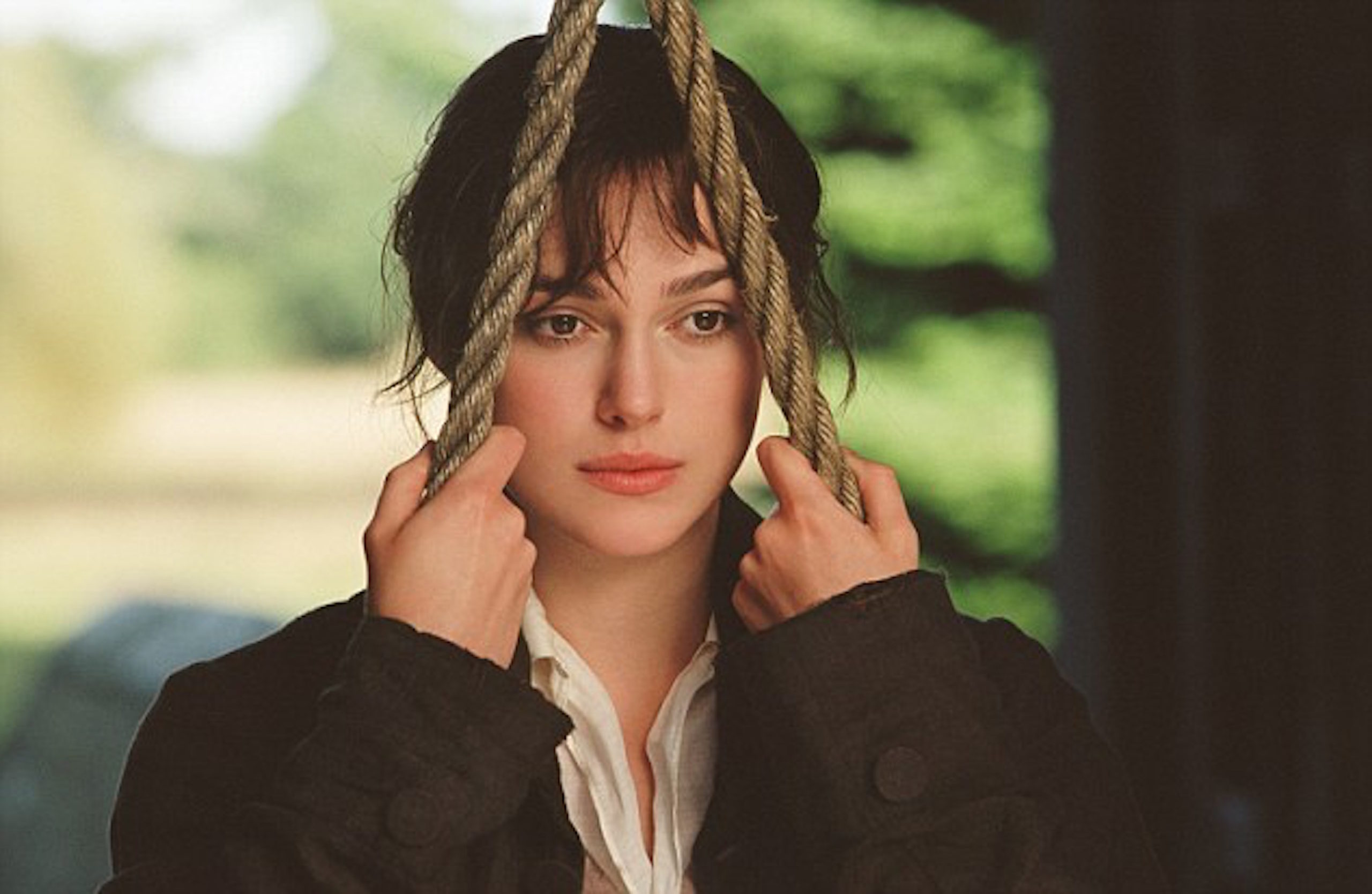Table of Contents Show
Jane Austen, the queen of romance, once again struck audiences into awe through Joe Wright’s 2005 film, Pride and Prejudice. Austen’s novels have been adapted countless times for the silver screen, but the combination of Deborah Moggach’s screenplay and Wright’s direction brought a new light to an old romance. It’s the classic tale of a man and woman blindly finding romance and now so much more. Pride and Prejudice is a beautifully painted cinematic adaptation that brings emotions to the forefront with small modern twists.
Romantic Score
One of the most important aspects of a film is its score since it sets up the tone for scenes and is most likely what the audience will remember. The score of Pride and Prejudice was composed by Dario Marianelli and mostly includes a piano. At first listen, it might seem that the music was made to fit only the time period that the story takes place in, but in reality, it holds greater importance for the film’s overall connection to audiences. The airy tone of the music at times allows viewers to feel as though they are floating, a resemblance to falling in love just as the main characters do.
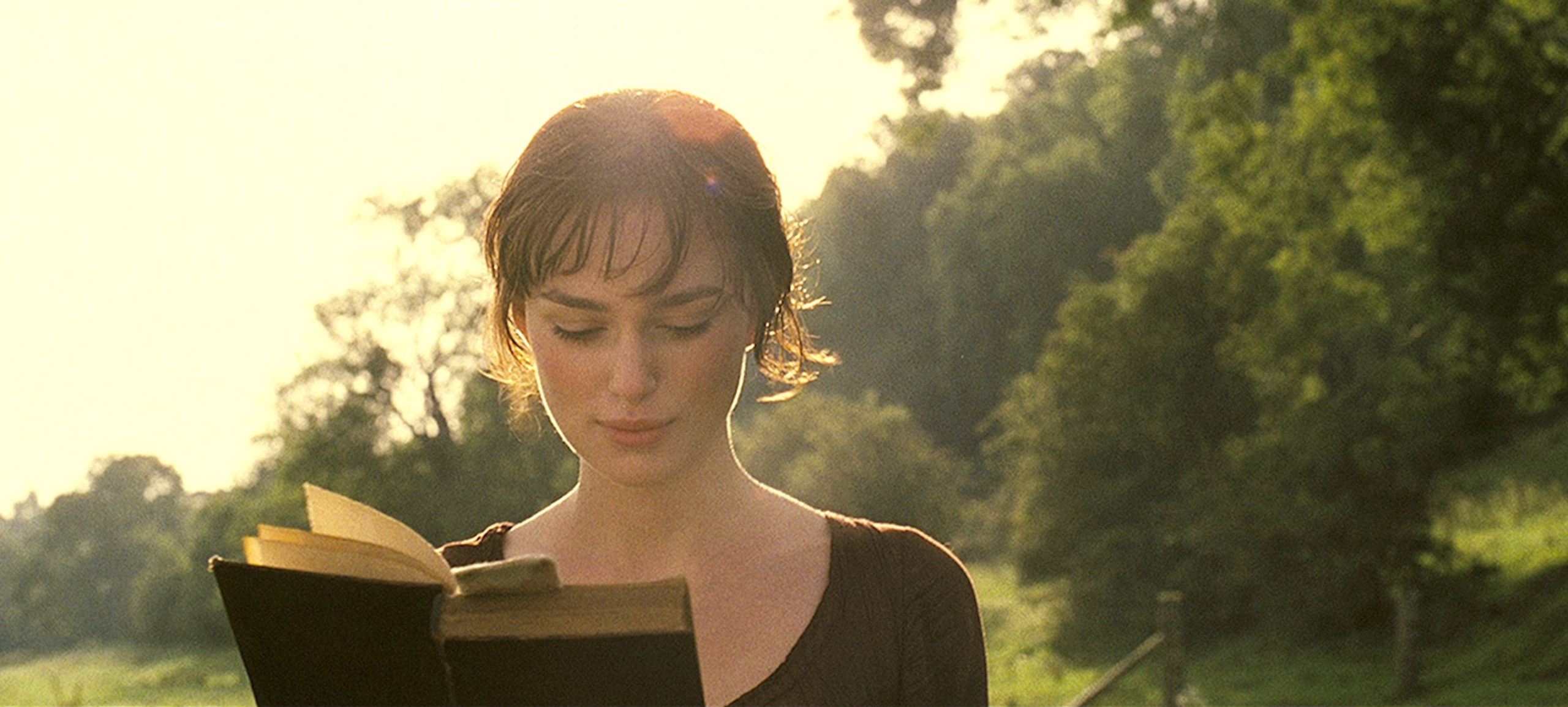
Setting up the score to raise expectations of a blossoming romantic relationship also brings strength to the moments where it is pulled away into more intense music. The famous scene of Elizabeth Bennet (Keira Knightley) and Mr. Darcy (Matthew MacFadyen) arguing under a pavilion in the rain is a perfect example. The score takes a turn and expresses Elizabeth’s whirling emotions by increasing the pace until it falls into silence. This is also how the interaction ends up unraveling as she bursts into anger until she is left alone in silence.
In addition to portraying characters’ emotions, the score, or rather the absence of it, allows the film to create a more intimate space for audiences. During the first public ball, and the introduction of Mr. Darcy and Mr. Bingley, there was a subtle use of this technique. Of course, the music during parties and the guests are loud, but in films, these noises are usually toned down to shift focus to the actors. However, in Pride and Prejudice, these noises are brought to almost full volume so that viewers can feel as though they are truly listening in on the Bennets’ and Mr. Bingley’s conversation. This intimacy pulls viewers in emotionally, hooking them to see what chaos can ensue.
Artfully Subtle Acting
What truly makes this specific adaptation stand out above the rest is the approach to acting out the beloved characters with more subtle add-ins. Most acts of Regency life take on more blunt attitudes that are usually hard to swallow and don’t exactly appeal to a modern audience romantically. While Knightley is exquisite in her performance and seems to perfectly fit the times, MacFadyen’s little actions bring forth an entirely new Mr. Darcy.
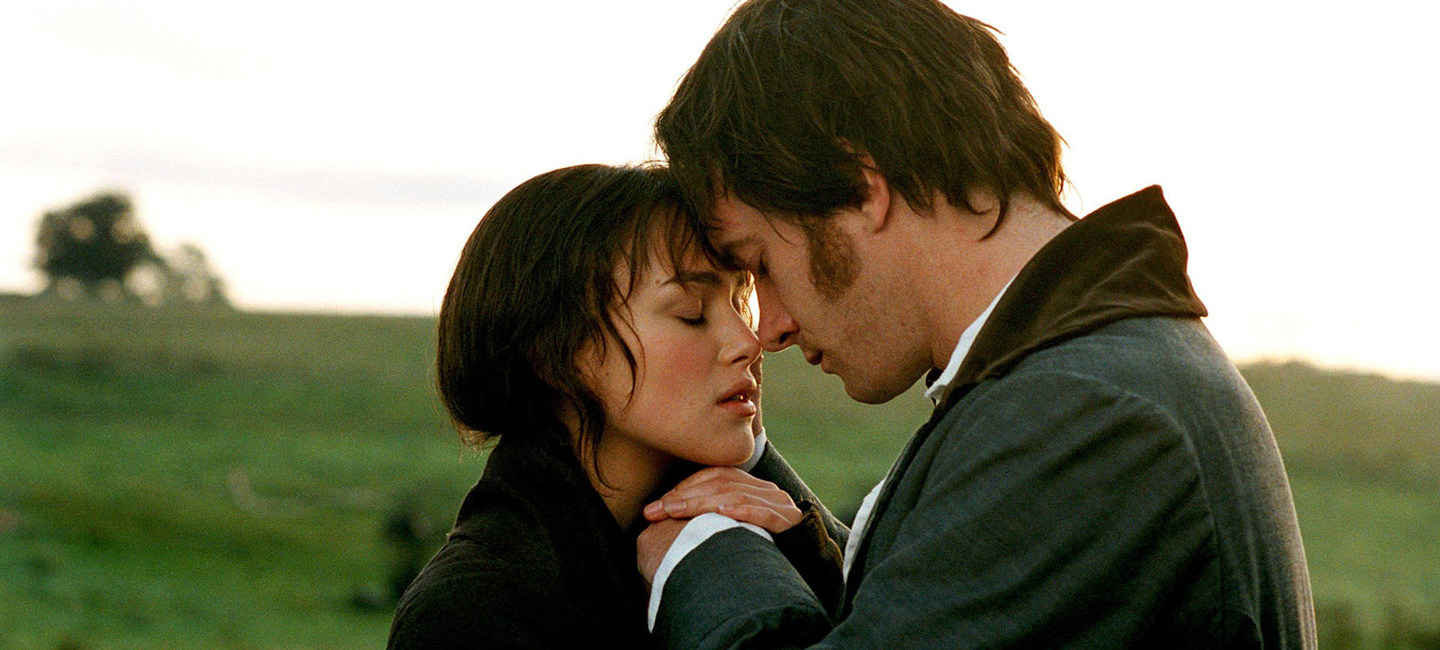
Eyes have always been said to be the windows to the soul and reveal more than one thinks. Matthew MacFadyen must have had this in mind as his eyes revealed the inner Mr. Darcy, who was known to be hidden behind an air of pride and wealth. The scene where Mr. Darcy visits Elizabeth while she is staying at Collins’ abode is the climax to MacFadyen’s subtle add-ins. He was visibly nervous, as one could gather from his darting eyes to avoid direct contact with his hands fiddling at his gloves. This addition makes him more likable not only to Elizabeth but most definitely to viewers.
Even before Mr. Darcy begins to make advances towards Elizabeth, his stare reveals his change in feelings. When first introduced, he seems to be indifferent to the people around him, but as time goes on and he meets Elizabeth more often, this disappears. His glances seem to almost linger, and his posture becomes straighter. Body language is universal and using it in such a subtle manner allows the story to be told and felt by people who are unfamiliar with it.
Striking Cinematography
Wright’s Pride and Prejudice has several visually enticing scenes, but they shouldn’t overshadow the bigger picture the film creates. In true rom-com fashion, soft light is used to make everyone appear more attractive and open. The whole film is also cast in a warm light, adding to the romance. Many times, the moment a character sees the person they fall in love with, it is depicted that their love interest is basked in a warm glow. It is used throughout the film in scenes highlighting the Bennet women. Avoid extremely vibrant clothing and sets aided in creating a more relatable setting for audiences.
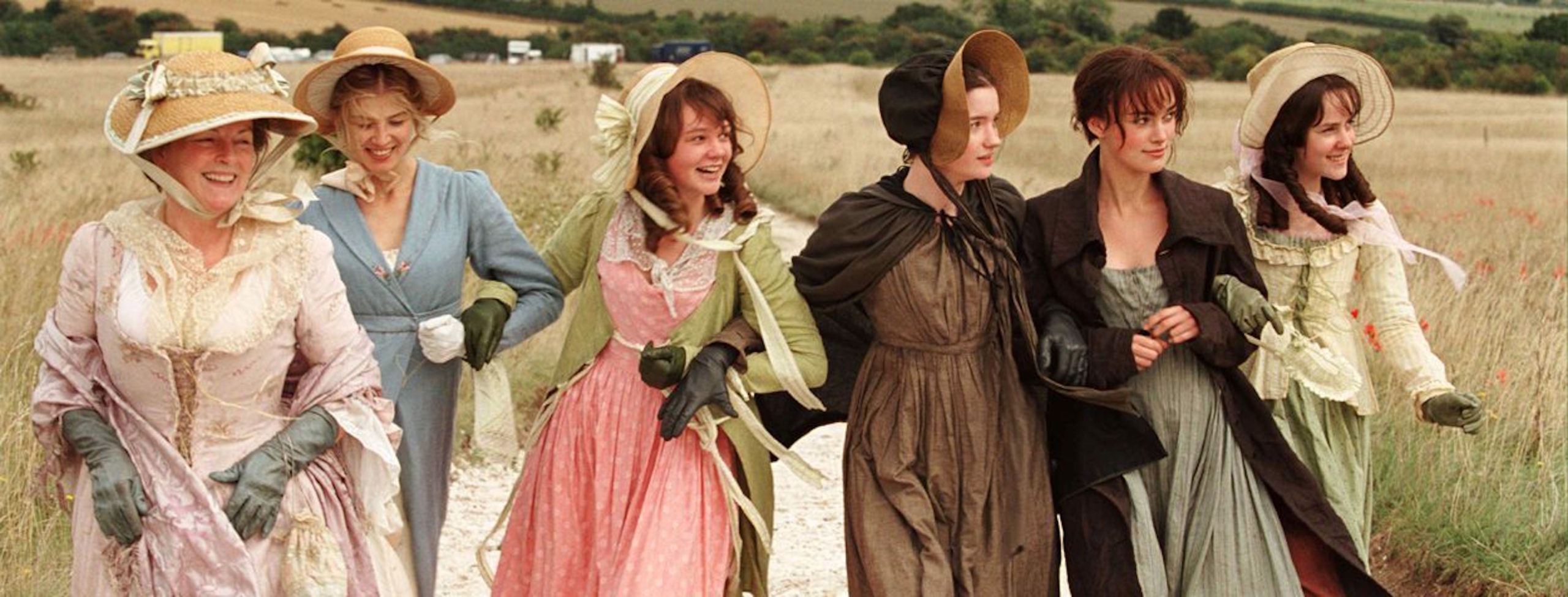
In the scene where Elizabeth is staring at a mirror, in somewhat of a trance, the use of shadows and light plays an important role. When she first took her position, it was light outside, but the shadows growing along the walls showcase the passage of time. Knightley, lit by the candle beside her, is truly enchanting. The camera work, however, is what truly takes the spotlight. When Mr. Darcy is voicing his letter of truth, the camera zooms in on Elizabeth’s eyes being out of focus, creating a feeling of an echo. His words not only seem to reverberate through Elizabeth’s mind but viewers’ too.
The most romantic scene of the two lovers meeting again in a field was wonderfully planned and executed. In the vast field emerges a figure through the morning fog. Not only is this already enticing, but he stands out in the best way. His shirt is white, a stark contrast to the natural tones of the rest of his clothes and the field. The attention was made to be on him, and with the camera supposedly in Elizabeth’s view, how could audiences not feel themselves stirring? The most picturesque moment, though, is how the rising sun backlights their figures as they embrace, but also symbolizes their new relationship.
True To Austen’s Pride And Prejudice?
Adaptations of classic novels can be very difficult. It should stick to the original as best as it can, but it should also bring something new or it could be considered a retelling. Wright’s Pride and Prejudice remains close to the original, with small liberties that worked well in its favor because it brought modernity to the old story. The changes made didn’t upset long-time fans of the novel as it brought forth something that was always there but hidden. So what if this adaptation is so different?
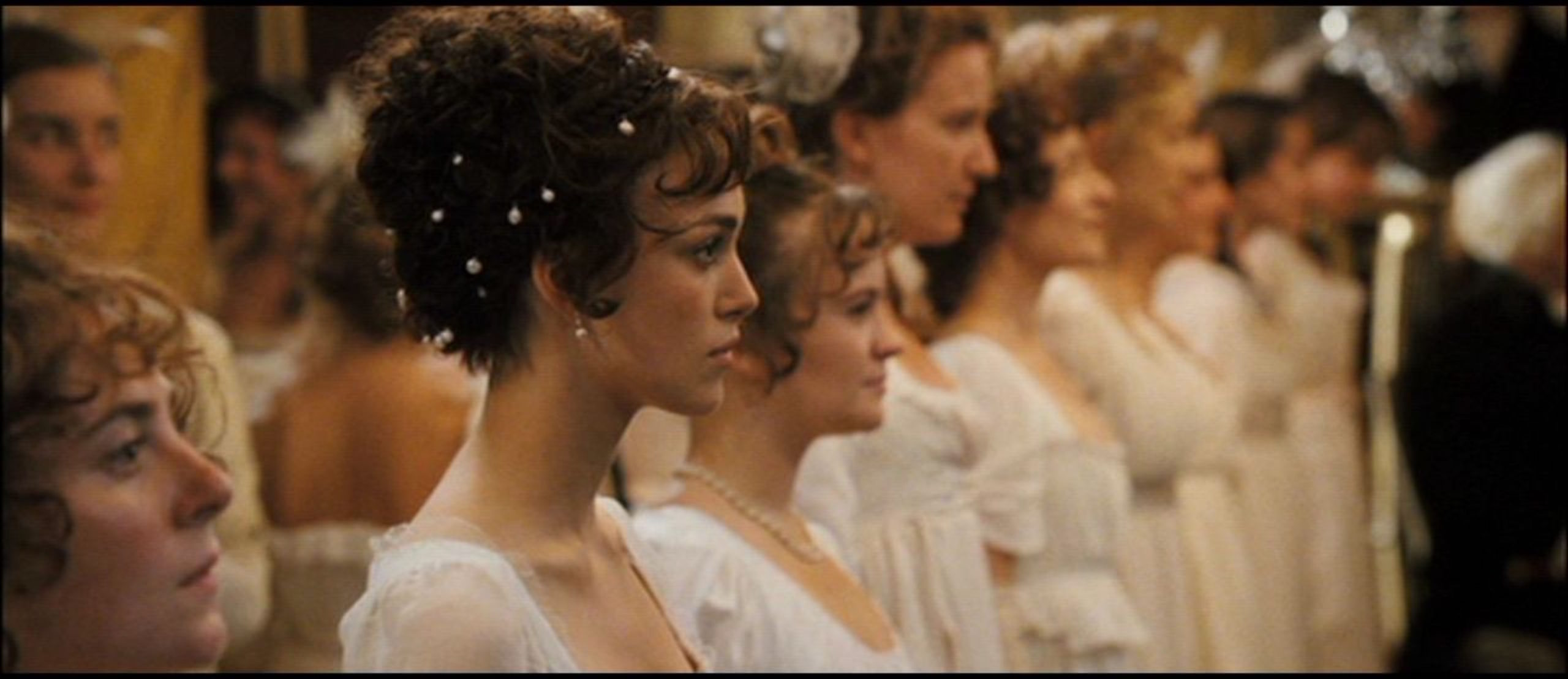
Many small choices were made which affected the film positively, despite not accurately matching the novel. The costumes, made of mostly earthy tones and modest hems instead of extravagant Regency dresses, were a choice that reflected an earlier time than originally written. Although inaccurate, it helped to lessen the divide between the modern audience and the 1800s. It also brought attention to the characters’ emotions and actions instead of their physical appearances.
The depiction of Elizabeth Bennet is the biggest difference, but not in a negative way. Austen gave Elizabeth a bright personality and Knightley portrayed such a woman. A modern, strong, and somewhat sassy persona was also embodied on several occasions, especially during the first ball where Elizabeth throws Mr. Darcy’s insult back at him. Her strut out of the room as the music begins to light the fire of a modern viewer. Of course, this wouldn’t happen in reality during that time, but adding it in spoke to more people. Sometimes additions work out for the best.
“Mrs. Darcy. Mrs. Darcy. Mrs. Darcy.”
The key to a romance novel and film is in the emotions of the two in love. Austen’s 1813 novel was given new life in Wright’s adaptation as it created a love for the tale for younger, modern viewers. The film is filled with heartwarming, and at times utterly romantic, scenes that pull at people’s heartstrings. Taking the time to look deeper into scenes creates another layer of appreciation not only for Wright’s work but Austen’s. It can basically be promised that viewing Pride and Prejudice will make one completely, perfectly, and incandescently happy.
